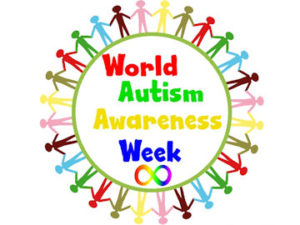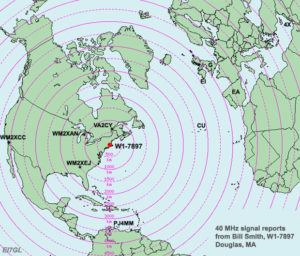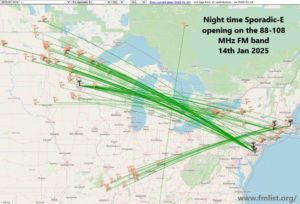2022 Report for the 40-MHz OZ7IGY beacon
In this post, we’ll look at the OZ7IGY beacon in Denmark which transmits on 40.071 MHz and how many times it was spotted on the DX Cluster in 2022. I have used the DXSummit.fi DX Cluster as the source of data for this post as I can check the whole of 2022 and download the spots into a spreadsheet to examine.
There may be some spots that are missing and didn’t appear on the DXSummit cluster but the aim of the post is to give a general overview of the stations reporting reception of this Danish 8m beacon during 2022 and not list every single report that appeared on multiple platforms.
If anyone would like to add any additional reports for 2022 then they can leave it in the comments.
One other caveat is that I only used one DX spot per person per day for the overall numbers.
Annual Comparison… In terms of the number of DX spots for 2022, there was a total of 176 spots from 30 people for reception of the OZ7IGY beacon on 8m. This is in marked contrast to just 13 spots from 9 people in 2021 when the beacon was off the air for most of the Sporadic-E season.
The OZ7IGY beacon was on air for most of 2022 and what also helped was the growing interest in the 40 MHz band as more stations start listening. The number of report for 2022 also surpassed the previous best which was 146 spots from 16 people in 2020.
These were the top spotters of the OZ7IGY beacon in 2022 (30 in total)…
As can been seen on the map at the top of the post, nearly all of the stations heard the OZ beacon via Sporadic-E propagation. It is perhaps a little suprising that there seems to have been no reports from Germany, Norway, Sweden, Finland, Portugal or indeed a lot of Eastern Europe.
More information about the OZ7IGY beacon can be found here… http://www.oz7igy.dk/
For more information on the 40 MHz band, go to this page… https://ei7gl.blogspot.com/p/40-mhz.html
If you have found a spelling error, please, notify us by selecting that text and pressing Ctrl+Enter.







